Personalization is one of the biggest marketing trends.
The more tailored you can make an email or ad, the better results you get.
That’s important because it takes awhile to create loyal customers.
People are going to interact with your brand multiple times before they purchase. They’re going to go through a series of stages to learn about how you can help them.
Automation can help this. It’s supposed to increase your ability to personalize campaigns at lightning-fast speeds.
However, if you’re not careful, it can also blow up in your face.
I’m going to walk you through five of the biggest marketing automation mistakes I see time and time again.
The good news is that they’re easy to avoid if you recognize the warning signs.
So I’ll show you how to fix each one, too.
Ready to get started? Let’s do this.
Reason #1: Wrong person, wrong channel, wrong time
You get an email from your favorite company.
They’re having a new sale on one of their best products.
You’re stoked!
You’ve been waiting for this email for weeks.
Eagerly, you click on the link with anticipation.
However, instead of seeing the message you expected, you see something that looks like this:
The same thing often happens with a coupon code. You click, and instead of applying the discount, this happens:
Everyone’s had this problem happen at one time or another.
The problem is that these issues can result in people leaving for good. 54% of people surveyed said they would unsubscribe ASAP when an irrelevant offer like this hits their inbox.
Why do these issues pop up from time to time?
Most marketing automation mistakes come back to the same root cause.
Most involve sending the wrong offer to the wrong person at the wrong time.
Marketing automation is supposed to solve this problem. It’s supposed to help make sure this doesn’t happen.
It’s not foolproof, though.
Do you want a simple rule of thumb?
Don’t rush head-first into automation.
That might sound surprising at first coming from me. I did write the definitive guide on marketing automation, after all.
However, you can quickly become too clever and make basic errors that lead to many of these problems.
The other reason I say this is because most people need to focus more on brand awareness in the beginning.
Increasing that aspect first will still help you increase conversions at the end of the day.
Here, I’ll show you why.
Search Engine Land and SurveyMonkey ran a survey to uncover what the biggest influencing factor of a purchase is with consumers today.
And they found that the biggest factor was your brand name: “70% of US consumers look for a ‘known retailer’ when deciding what search result to click.”
Now, check out what the answer “known retailer” beats out on that list. People care more about knowing who you are than what they’re going to pay!
Nielsen ran a similar study with similar results. Your brand recognition is the biggest reason people choose to buy from you at the end of the day.
What do these findings mean?
Focus on solidifying your brand recognition before getting overly complex with sophisticated automation.
In social media, for example, that means sticking with content-based, top-of-the-funnel campaigns.
These BuzzFeed ones are a perfect example.
The USA TODAY College account also does an excellent job by working with other influencers who already command their own attention.
Then they repurpose their content with additional posts over a series of days to increase the number of people they’re reaching.
Here is USA TODAY again with the same content, with new packaging, on a different day.
Coca-Cola will also keep the same creative decisions consistent with new campaigns. Here’s an example with their “Share A Coke With…” campaign.
Coke’s brand consistency is what helped them carve out a recognizable name over the last few decades.
There are three objectives here.
The first is to drive home your brand recognition as much as possible.
Even content sharing like this can help.
The second is to reach new audiences. You want to pull more people into your sphere of influence.
Once again, simple content-based plays like this work well. Especially because you almost can’t screw this up.
The third is that you can start seeing what types of content people are most interested in.
This last part is important.
People need to have interest in your content from the very beginning if you’re going to perform automation correctly.
You need to know what people want to receive to send them stuff that they — you know — want to receive.
You don’t ask them for these insights. You watch their behavior.
The right tools can tell you what someone was doing right before they signed up for your email list.
For example, Drip has a trigger and tag system so that you can keep track of where someone signs up on your site.
You could also use this to see that someone signed up to your email list while reading an SEO blog post as opposed to an article on email marketing.
Awesome. Now you know exactly what to send these people!
Get this ‘infrastructure’ set up first, and then you can focus on growing your email list as fast as possible.
One final tip before moving on.
Over time, your relationship with these people will change.
They will sign up for other offers on your site. They’ll hopefully even buy from you!
That’s where suppression lists come into play.
Suppression lists will help you keep track of where someone is in your system.
That way, the wrong person won’t get the wrong email at the wrong time.
You will be able to plan ahead for this common problem.
You can say that if someone purchases product ABC, don’t keep sending them promotional emails for product ABC.
Instead, send them an upsell offer for something else!
Not only do you avoid looking foolish, but you also increase your odds of driving more revenue at the same time.
Reason #2: No personalized messages
We just looked at how you can tailor email messages to individuals.
But true marketing automation goes way beyond emails.
Here’s an example to show you how this works.
Let’s say someone buys a wedding magazine on your site.
Or it could even be an engagement ring.
The point is that this should be a huge trigger. You know what’s coming next, right?
A wedding!
That means you can start following up exactly like we discussed, with messages related to the big event.
That’s a pretty good email!
You’re giving someone a great discount on the initial purchase.
You’re providing an incentive with the hope that they’ll eventually spend more money with you.
This is a smart play. So why keep it locked up only in email?
You should also use this new insight to better target your ads, too.
For example, most social media platforms now allow you to upload a list of email addresses and run ads against them.
Here’s what that looks like on Twitter, where this feature is called “Tailored Audiences.”
Facebook already has a built-in MailChimp integration. That means you don’t have to mess with manually uploading any files.
You can even create these campaigns from directly inside MailChimp.
Let’s say that you just put the finishing touches on a new email campaign like the previous wedding example.
MailChimp allows you to immediately create an ad based on the same campaign to increase the number of people you can reach.
Now, you can automatically customize each message for each person in each channel.
The content itself is personalized, which can help save you from this next common automation mistake.
Reason #3: Personalization features fail to personalize
Be honest with me for a second.
When you see “marketing automation,” you immediately think of email marketing, right?
That’s partly true. Marketing automation tends to rely heavily on emails.
And one of the biggest marketing automation blunders is when you try to use a personalization tag that doesn’t personalize.
Here’s what I mean.
Let’s say you craft a new email newsletter to go out on Wednesday.
You want to add a touch of personalization to increase your odds at getting them to click-through. So you decide to add “Dear First Name” into the beginning.
What’s the problem with that?
Nothing! Unless, of course, the “Firstname” field doesn’t actually pull in their first name.
Oops!
This is a classic problem that happens all the time.
It’s a simple oversight. I think it’s happened to every marketer at least one time.
You’re so focused on getting everything else right that you miss the obvious mistake right in front of you.
This problem happens with other fields all the time, too.
What’s another variation on this mistake?
Sending the wrong country’s information to your list. And then following it up with an apology email.
Thankfully, there are a few ways to solve this problem.
Start by thinking more in terms of systems than one-off campaigns.
For example, if you followed the instructions from the first section, you should have data on why someone opted in.
That means that you can already pre-craft a custom followup sequence that will go out to them. There’s no reason to create new campaigns while you’re already busy with other stuff.
You can sit down, plan out the content in advance, and have it go through the proper quality controls before heading out the door.
Or, you can simply drop the “Firstname” field altogether.
The best email campaigns sound personal. You want them to feel like they’re from a friend.
How many friends write your first name or company name in an email field?
Probably none of them.
Susan Su calls this “no personalization.”
Basically, you’re writing something in a personal way without relying on a specific personalization field.
So the content itself is what becomes personalized.
Let’s say someone downloaded an “SEO Guide.”
That means you can probably get away with jumping straight into talking about SEO.
You can ask them how the guide was, if it answered their questions, or if they’re experiencing other issues.
That way, you can side-step the potentially embarrassing problem of calling them by the wrong name.
Reason #4. Trying to automate things that shouldn’t be automated
Automation is awesome because it allows you to get more done with less.
That means that you get better results, more click-throughs, and more sales, all while investing less time, energy, and money.
However, just because you can automate something doesn’t mean you should do it.
Here’s why.
Social media is inherently real-time. Things happen instantly, whether you like it or not.
It’s also unpredictable. You have no idea what someone’s going to say or how they’re going to react.
Like this tweet from Wendy’s:
It’s notoriously difficult to automate responses like you might do with email.
Automating emails is relatively easy because you know why someone signed up. You can tell a lot about them and control the message to a certain degree.
However, you can’t do any of that with social media.
So how do you automate social media?
Unfortunately, you don’t!
You can still automate content-based messages that go out on a regular basis. However, you can’t really automate replies with any degree of accuracy.
To be honest, you shouldn’t want to take this automated approach, either.
Otherwise, you lose out on a ton of opportunities to engage with customers like the Pros.
Here’s a perfect example from Sainsbury’s PR.
See?! There’s no way you could automate something like that.
Here’s another brilliant but completely different example from Tesco Mobile.
Obviously, that type of snarky response might not work for all brands.
But look at what it did for Tesco Mobile!
Simply showing off some personality has landed them over a million different press mentions.
And all of these articles are primarily for their Twitter responses alone.
Reason #5: You need to get rid of the dead weight
Inactive email subscribers can cause you more problems than they’re worth.
There’s also probably more of them than you think, too. One study puts it at around 75% of your list!
Why does that matter?
Email service providers like Gmail are doing everything they can to keep spam-like emails from hitting your inbox.
That’s awesome for consumers. However, it’s not so awesome for email marketers.
It means a greater percentage of your emails aren’t reaching people. And that means you’re at greater risk for being classified as spam or junk.
The only way around this problem is to keep your email list squeaky clean.
Earlier, we looked at creating a pre-crafted email sequence.
If someone downloads your “SEO Guide,” you send a few SEO-related emails in response.
Now, apply that same exact strategy to inactive subscribers.
For example, you can start by simply asking them if they’re still interested in receiving emails from you.
It’s kind of like using a cold email to generate a response.
You want to get them to take notice and respond.
Even an unsubscribe at this point is fine!
For example, you can look for people who haven’t responded or opened an email in a while and simply ask them if they’d like to keep them coming.
Here’s a perfect example from Nordstrom.
Let’s say that someone does click on the unsubscribe button. Does that mean you just throw up your hands and give up entirely?
Of course not!
For example, here’s what J. Crew does when you click on the unsubscribe link.
First, they give you the option to simply back off the frequency. Instead of receiving emails every few days, they’ll hold them all and send something weekly.
Second, they’ll give you the option to unsubscribe to different individual email sequences.
This is another common trick big companies do.
Instead of opting you into one email list, you’ll get added to a few different ones. That way, if you unsubscribe to the “company updates” list, you’ll still get some of the other ones from them.
Here’s an example of how Grammarly uses the same trick.
Hootsuite takes this one step further.
Let’s say you’re about to cancel your subscription entirely with them.
Instead of just letting you go, however, they will use an incentive to get you to stick around longer.
Obviously, each of these tactics has their own pros and cons.
Should you automatically enroll people in multiple email lists? I’m not sure.
That’s for you to answer.
The big point, though, is that you shouldn’t force people to stick around if they don’t want to be there.
Because keeping dead weight around will only hurt your ability to reach the people who do care about your brand.
Conclusion
Marketing automation is truly the future.
The more personalized you can make campaigns, the better results you’re going to see.
However, it’s not always a smooth transition.
It’s deceptively easy to screw up.
There are so many options and variables to consider when creating a new campaign.
Start by increasing your brand awareness and picking up how people hear about you.
That will help you tailor the content you send them. That way, there’s no need to enter “Firstname” fields that can notoriously backfire.
You can automate social media content or ads that go out. But don’t try to automate real-time responses.
And whatever you do, don’t force people to stick around if they don’t want to.
Spend your time and energy on the people who already want to hear from you.
Having other people unsubscribe can actually help make sure that you never lose access to the good people on your lists.
Have you unintentionally made any of these marketing automation mistakes before?

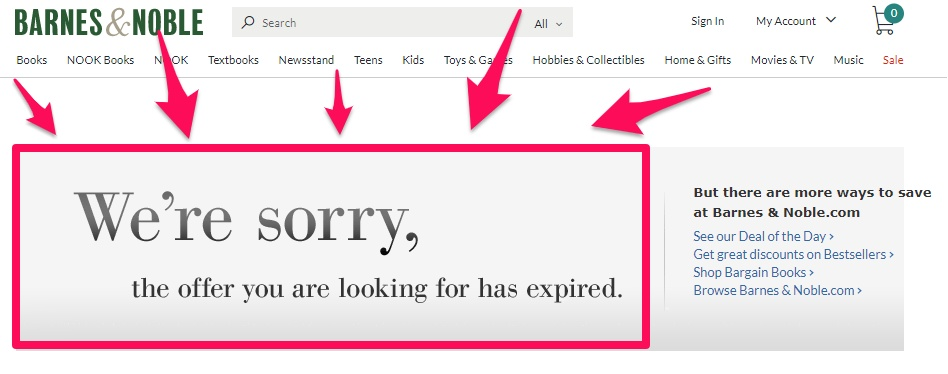
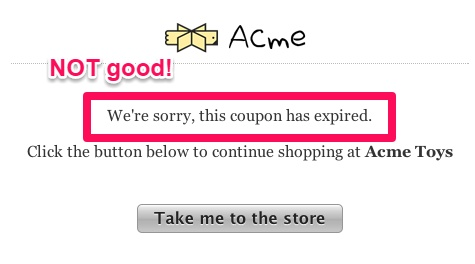


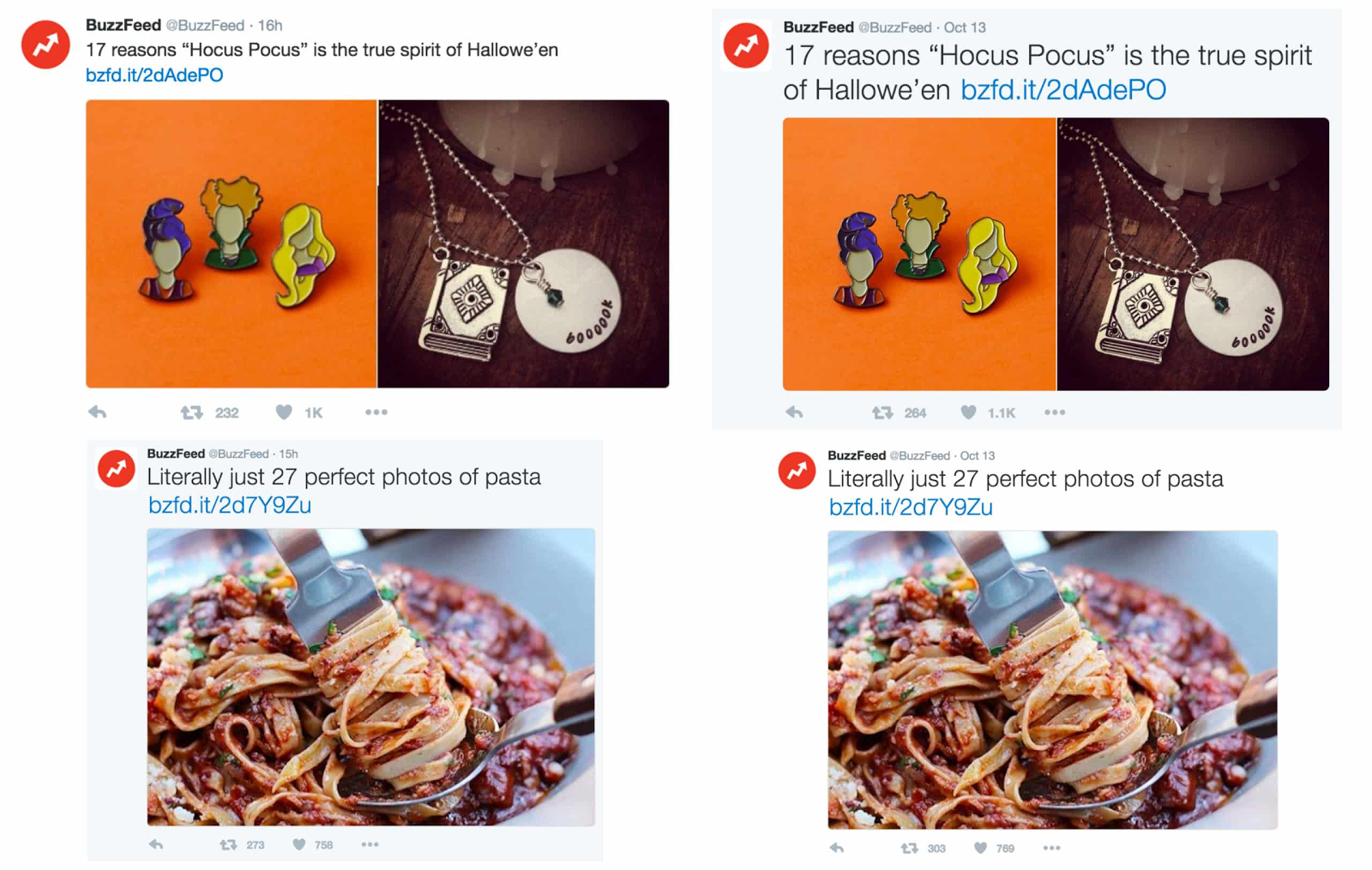
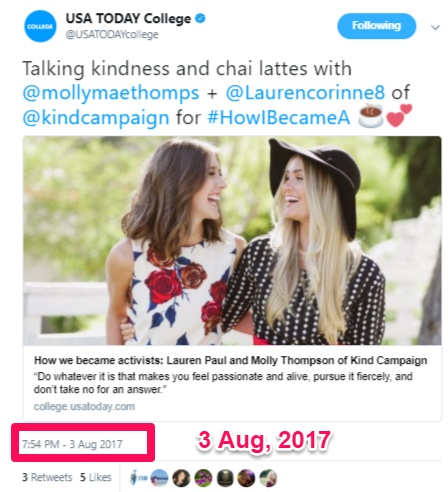
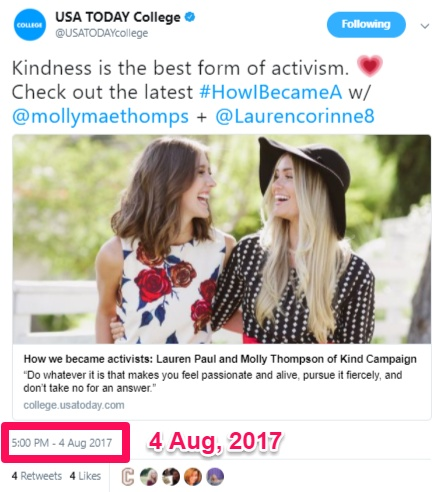
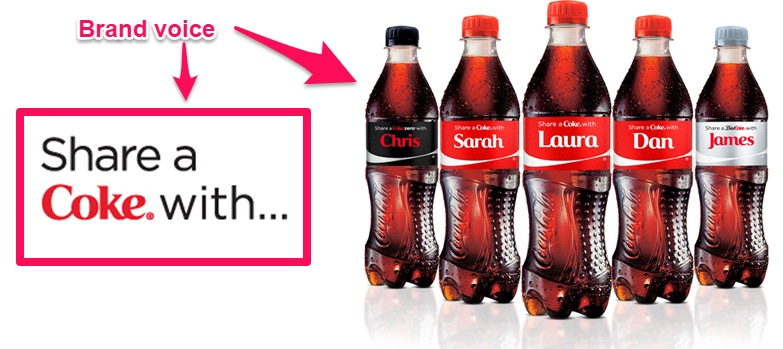
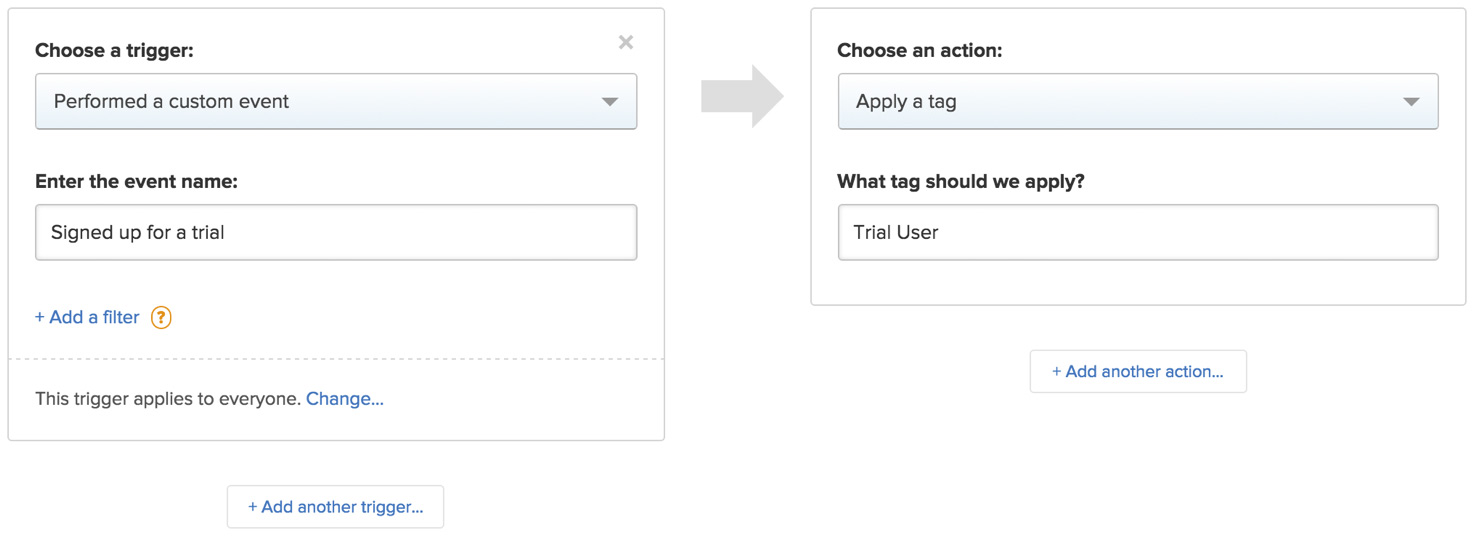
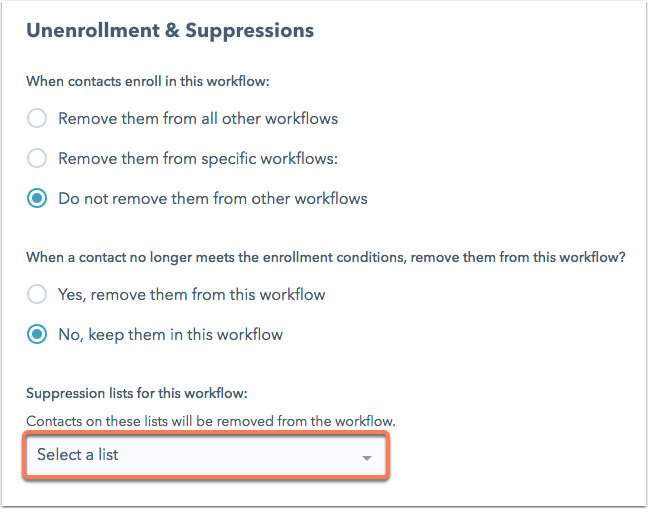

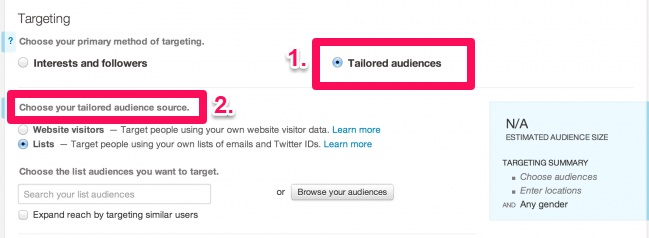
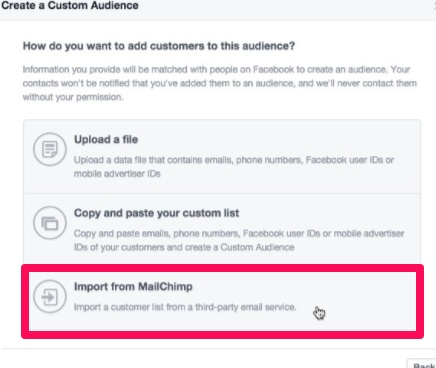

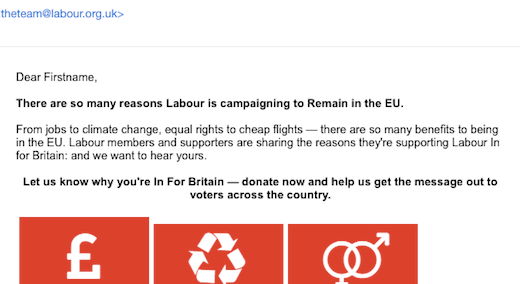
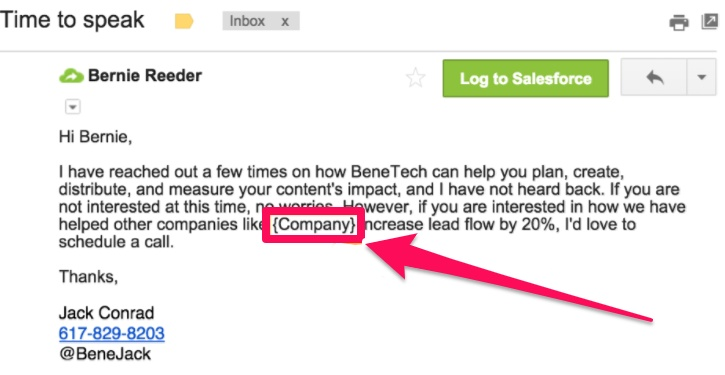
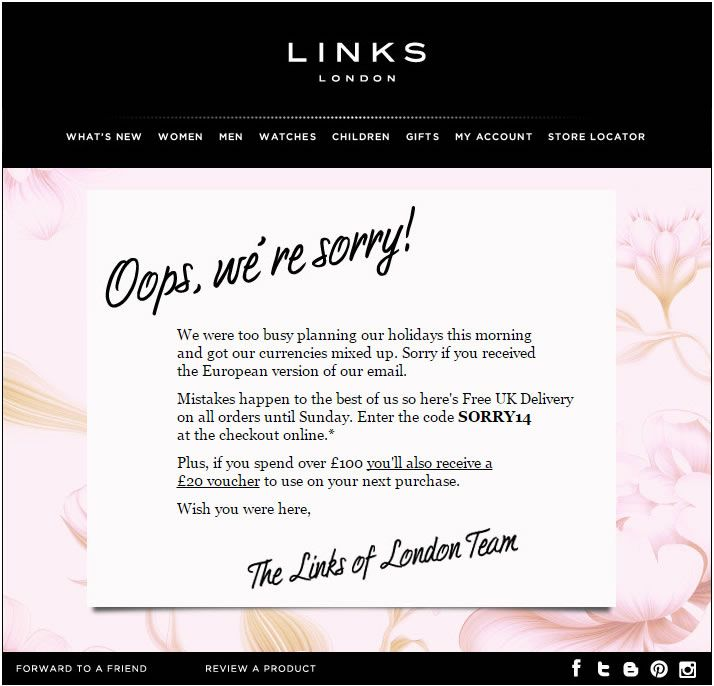
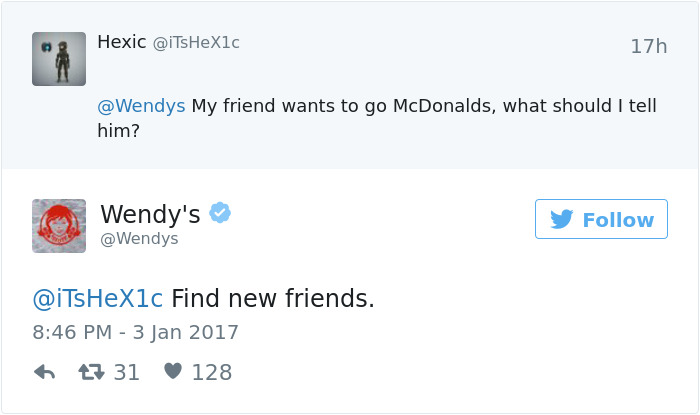
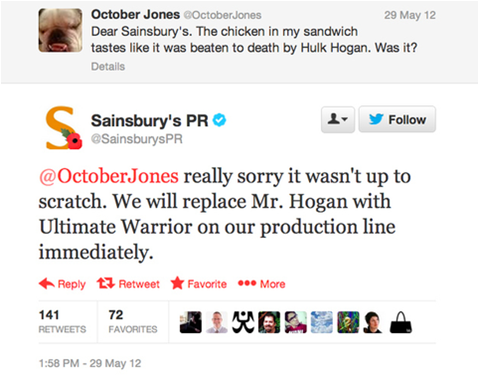
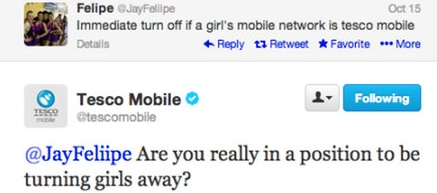

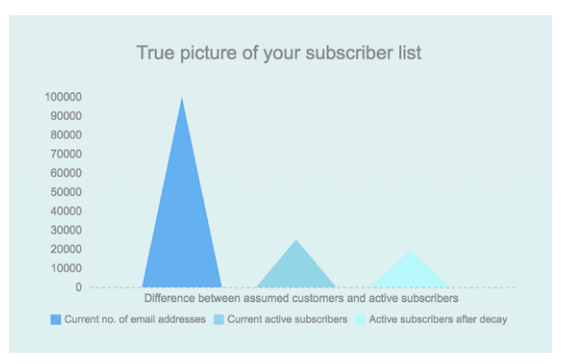
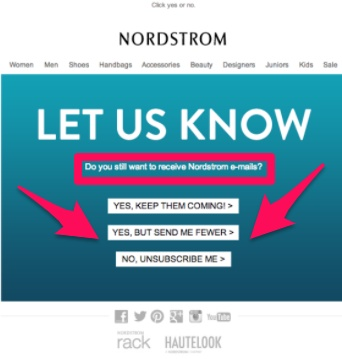
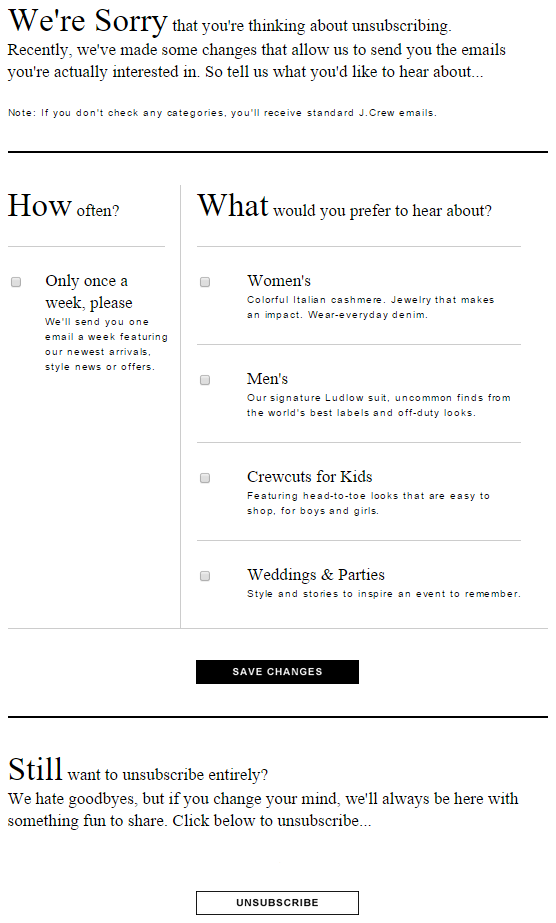
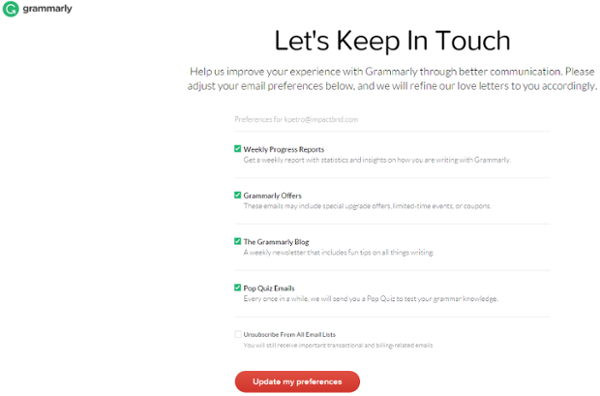
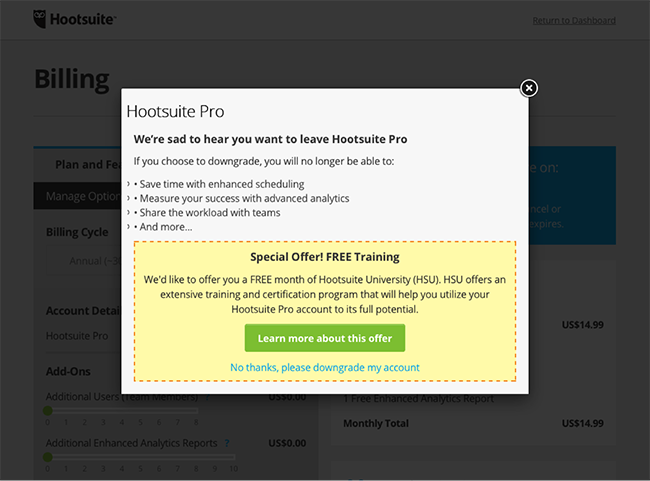
Comments (2)